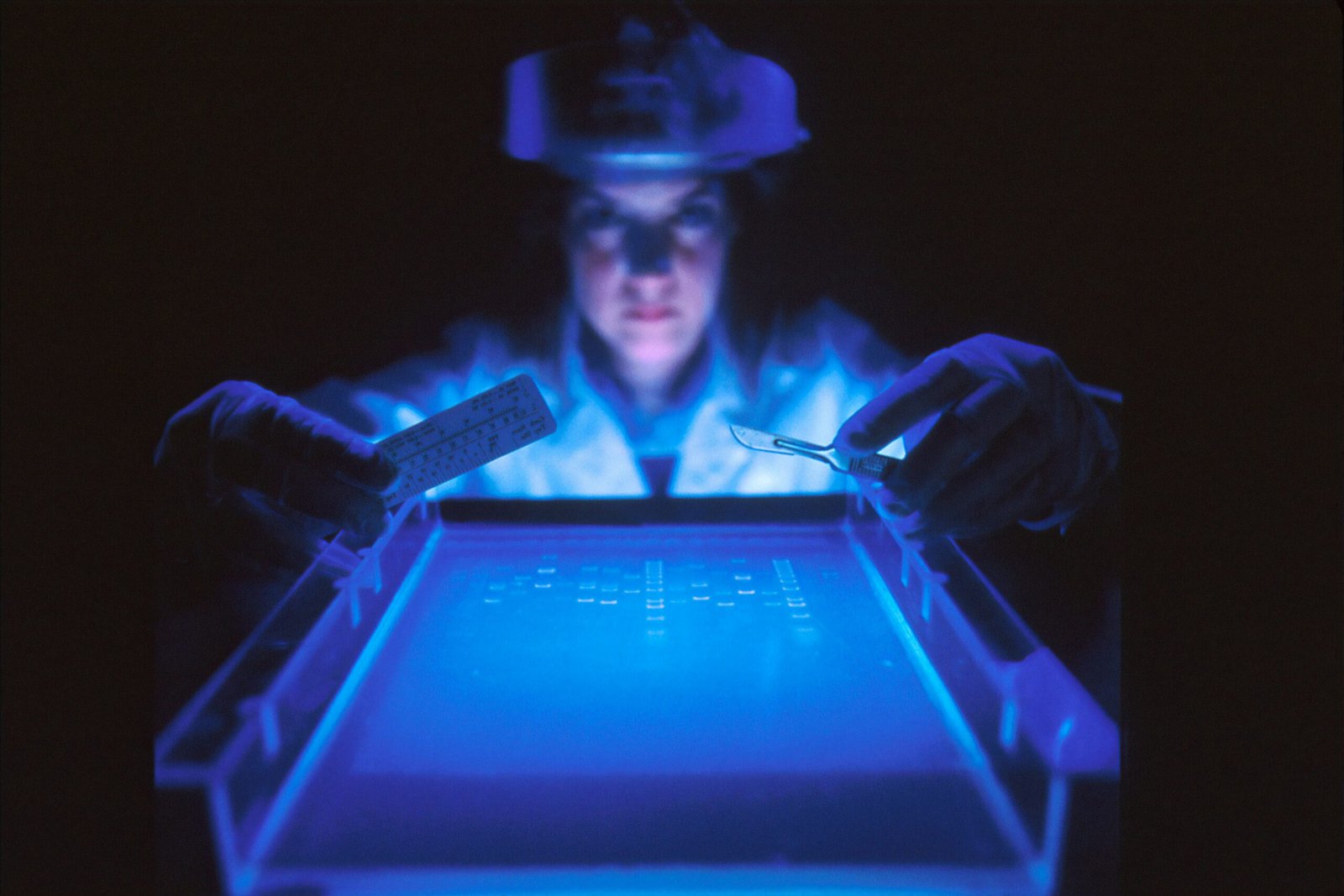Introduction
Deoxyribonucleic acid, or DNA, is the fundamental molecule of life. It contains the genetic instructions that determine the traits and characteristics of all living organisms. Scientists and researchers often need to extract DNA from cells for various purposes, such as genetic analysis, forensic investigations, or medical research. In this article, we will explore the process of extracting DNA from a cell.
Materials Needed
Before we begin, let’s gather the materials required for DNA extraction:
- Cells (plant, animal, or bacteria)
- Buffer solution (to maintain pH and ionic strength)
- Detergent (to break down the cell membrane)
- Enzymes (to break down proteins)
- Alcohol (to precipitate the DNA)
- Centrifuge tubes
- Microcentrifuge (optional)
- Pipettes and tips
- Ice (to keep the samples cold)
Procedure
Now, let’s walk through the step-by-step process of extracting DNA from a cell:
Step 1: Cell Lysis
The first step is to break down the cell membrane and release the DNA. Start by collecting a sample of cells in a centrifuge tube. Add a buffer solution and detergent to the tube, and gently mix to ensure all cells are exposed to the solution. The detergent helps to break down the lipid bilayer of the cell membrane, releasing the cellular contents, including the DNA.
Step 2: Protein Digestion
After cell lysis, there will be proteins present in the solution. These proteins need to be removed to isolate the DNA. To do this, add an enzyme, such as proteinase K, to the solution. The enzyme breaks down the proteins, leaving the DNA intact.
Step 3: Precipitation
To separate the DNA from the rest of the solution, we need to precipitate it. This can be achieved by adding cold alcohol, such as isopropanol or ethanol, to the solution. Gently mix the solution, and you will observe the formation of a white, stringy substance. This is the DNA precipitating out of the solution.
Step 4: DNA Collection
Using a pipette, carefully collect the precipitated DNA and transfer it to a clean centrifuge tube. Be cautious not to disturb or break the DNA strands during this step. If necessary, you can use a microcentrifuge to spin down the DNA and concentrate it at the bottom of the tube.
Step 5: DNA Storage
Finally, the extracted DNA can be stored for further analysis or experimentation. It is advisable to keep the DNA in a cold environment, such as a freezer, to maintain its stability and integrity.
Conclusion
Extracting DNA from a cell is a fascinating process that allows scientists to study and understand the genetic information encoded within living organisms. By following the steps outlined in this article, you can successfully extract DNA from cells for various applications. Remember to handle the materials and samples with care, and always follow appropriate safety protocols. Happy DNA extracting!







